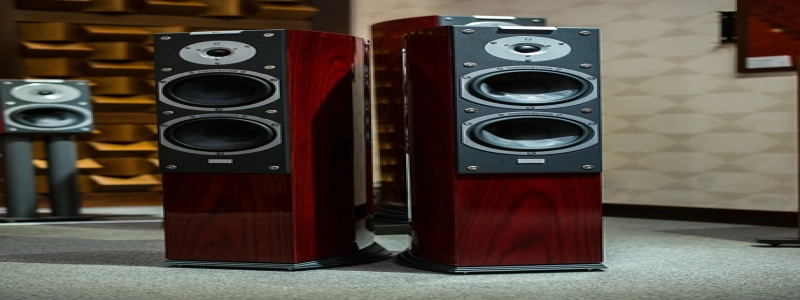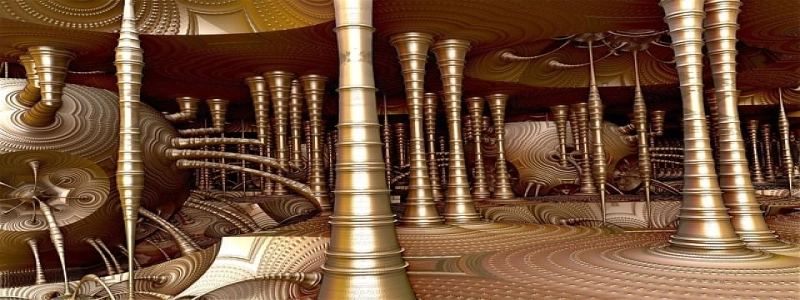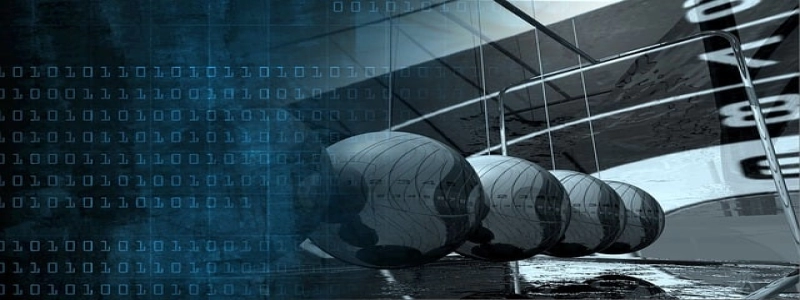Ethernet Cable: Flat vs. Round
Introduction
Ethernet cables are essential for connecting devices to a local area network (LAN) or the internet. They come in various types, including flat and round cables. In this article, we will compare and contrast the characteristics and applications of flat and round Ethernet cables.
I. Flat Ethernet Cables
1. Physical Appearance
Flat Ethernet cables have a unique design that sets them apart from their round counterparts. Instead of the typical cylindrical shape, they have a flat profile that allows them to be easily concealed under carpets or rugs. This design makes them ideal for situations where aesthetics and neatness are important, such as in homes or offices.
2. Flexibility
One of the advantages of flat Ethernet cables is their superior flexibility. Due to their thin and flat design, they can be easily bent and maneuvered around corners or tight spaces. This flexibility makes installation hassle-free, allowing for seamless connections in areas with limited space.
3. Performance
Despite their unique physical design, flat Ethernet cables perform just as well as round cables. They can support high-speed internet connections, making them suitable for applications that require fast data transmission, such as online gaming, video streaming, and file sharing.
4. Length Limitations
Flat Ethernet cables, particularly the ones with a thinner gauge, may have length limitations compared to round cables. This is because their design sacrifices some of the signal strength over extended distances. Therefore, they are best suited for shorter runs within a confined space rather than long-distance connections.
II. Round Ethernet Cables
1. Physical Appearance
Round Ethernet cables are the traditional and most commonly used type of Ethernet cables. They are cylindrical in shape and have a thicker and more robust construction compared to flat cables. This design gives them increased durability, making them suitable for outdoor or industrial applications.
2. Durability
Round Ethernet cables are built to withstand more harsh conditions compared to flat cables. They are typically more resistant to environmental factors such as impact, moisture, and extreme temperatures. This durability ensures reliable and long-lasting connections, particularly in challenging environments.
3. Signal Integrity
Round Ethernet cables generally have better signal integrity over longer distances compared to flat cables. This is because the rounded shape reduces crosstalk, interference, and signal loss. As a result, they are recommended for installations that require extended cable runs, such as in large office buildings or data centers.
4. Aesthetics
While round Ethernet cables may not have the sleek and hidden appearance of flat cables, they are often preferred in professional settings where aesthetics are not as crucial. Their robust design and ability to withstand heavy usage make them the preferred choice for commercial installations, networking racks, and server rooms.
Conclusion
In conclusion, both flat and round Ethernet cables have their own advantages and applications. Flat cables excel in situations where flexibility, concealment, and neatness are important, while round cables are preferred when durability, signal integrity, and longer distances are a priority. Ultimately, the choice between the two depends on the specific requirements of the installation or network setup.







